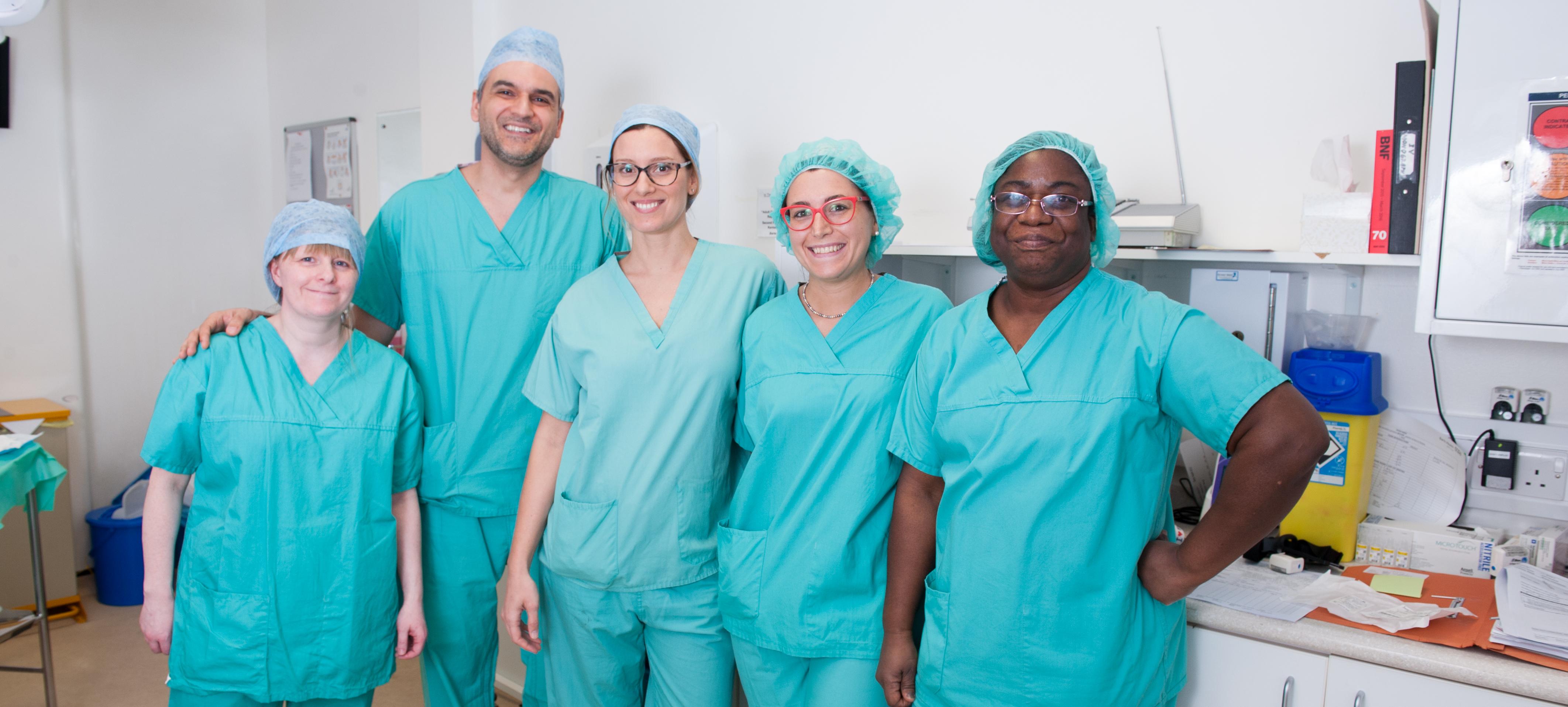Gender pay gap

All organisations with more than 250 staff are required by law to publish information about gender pay by 30 March 2018, and each year thereafter, as part of a Government initiative.
Three-quarters of Barts Health staff are female, and four out of five of them are in bands 1-7 roles, so it is inevitable that as an organisation we have a gender pay gap.
The first annual return for the Trust shows the gap in average hourly earnings between men and women is 20.2%. This means that the quarter of our staff who are male are paid on average one-fifth more than the three-quarters of our staff who are women. We should keep in mind that this is an average across all roles and nearly all aspects of pay and it is the detail behind these headlines which tells us more.
This is not a statement about equal pay, which is the difference between individuals or groups performing the same kind of work. The gender pay gap refers to the differences between the earnings of men and women regardless of roles or seniority.
Most NHS Trusts are only now publishing data for the first time, so it is too early to make definitive comparisons.. Our data includes pay for bank work, but not employees of Serco, who provide our facilities management staff.
The Office for National Statistics does not measure average gender pay, but does report median values, ie the middle of the pay range. The median gender pay gap at Barts Health is 13.3% and this compares to 13.1% across the public sector and 15.9% in the private sector.
Despite the prevalence of women in junior roles, Barts Health is relatively balanced at senior levels. We actually have more women in Bands 8a and above than men (1,886 compared to 1,624), and so women account for 58% of the highest earning quartile of employees in the Trust.
Nevertheless, there is evidence of gender imbalance within specific staff groups. The gender pay gap is 8% for very senior managers, 9% for medical and dental posts, and almost 14% for admin and clerical staff.
In particular, the small majority of medical staff who are male (52%) increases to 60% at consultant level. Our overall gender pay gap would halve to about 11% if we did not have to include consultant pay. The median would also reduce to 4%.
The gender imbalance among consultants also makes a difference to separate figures we have to publish on bonus payments, which show a 32% average gender pay gap.
This is using the NHS Employers definition that the only bonuses available in the NHS are clinical excellence awards, for which medics have to apply. Only 326 of our staff received these awards, 1.6% of the total workforce, although 215 were men and 111 were women.
We would expect this gap to reduce in future as the balance of our medical workforce continues to change, with more female doctors progressing through their careers to become consultants, and in turn applying for clinical excellence awards.
The Trust is already under way with activities which will help close the gender pay gap over time and the new pay deal also helps with making work more flexible. Over the coming months, more work will be undertaken to understand these findings better and ensure that we have enough in place to make a meaningful difference.
The Trust Inclusion Board, chaired by Alwen Williams, CEO, will oversee future improvements and reporting.
